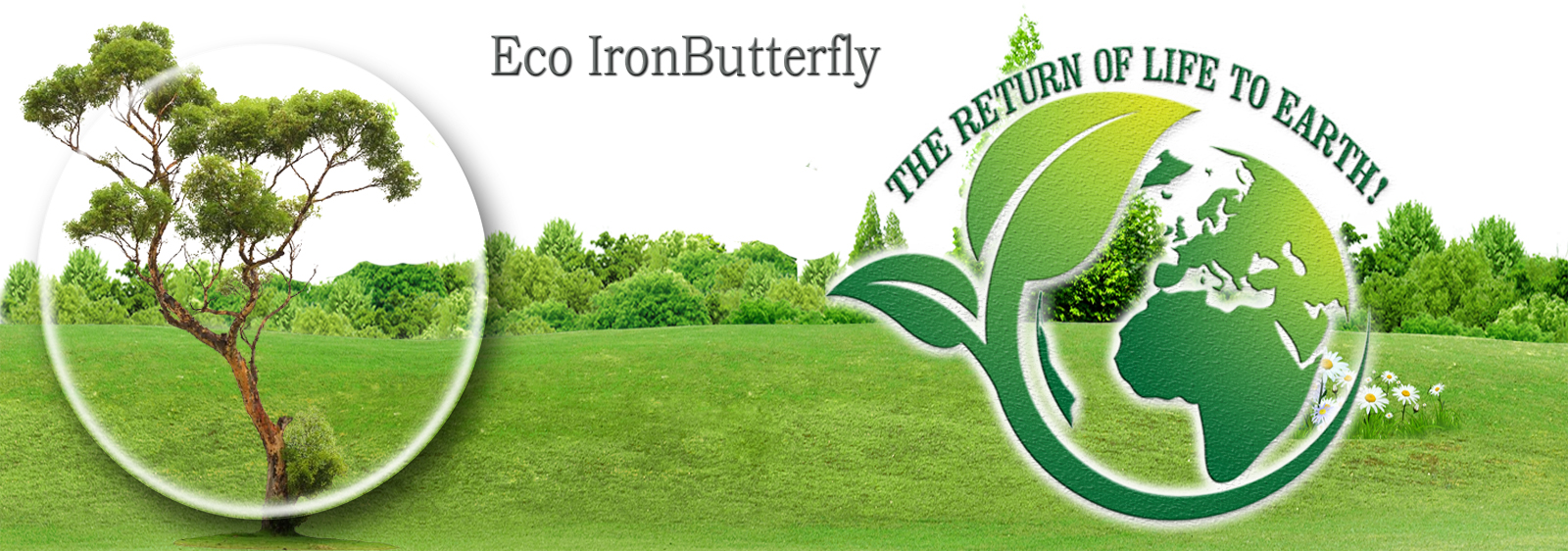 The Ecoplough IronButterfly.
The Ecoplough IronButterfly.
AGRICULTURAL TECHNOLOGY TO RESTORE SOIL FERTILITY
Contrary to conventional science, our HORIZONTAL cutting agricultural technology presents an innovative approach to land treatment that restores the fertility of depleted soils, which currently rely on chemical fertilizers; to meet global food production needs.
The technology is based on the concept of bioenergy, according to which the soil is conceived as the main factor that must be balanced to increase its natural fertility, crop production and food quality.
Carbon footprint
According to the NGOs Global Footprint Network and WWF, they warn about the unsustainable rate of consumption and point out that humanity lives on credit with the Earth. The main cause of the overdraft is an unsustainable agricultural and food production system. Both NGOs point to the food production system and its “considerable” ecological footprint (our demand for resources).
The Carbon Footprint is a way to recognize greenhouse gas (GHG) emissions and the contribution to global climate change.
Historically, land conversion and cultivation have been called major sources of greenhouse gases into the atmosphere. It is estimated that these are still responsible for around a third of emissions.

The carbon footprint represents the total volume of greenhouse gases (GHG) produced by the economic and daily activities of human beings, including Agriculture, which plays a fundamental role, especially due to the way soil is prepared by traditional methods, which increase land degradation, which not only decreases crop yields, but also reduces carbon storage in agricultural ecosystems, and can lead to reduced biodiversity.
There is potential to increase soil carbon content through the rehabilitation of degraded soils and the widespread adoption of soil conservation practices
Identify, develop, and promote cultural practices that reduce agricultural emissions and sequester carbon to improved agricultural practices that can help mitigate climate change by reducing emissions from agriculture and other sources and by storing carbon in the environment. plant biomass and carbon sequestration by the soil. The development of agriculture during the last centuries and especially in the last decades has implied the substantial depletion of carbon reserves and the consequent depletion of agricultural lands.
The return and/or conservation of the physicochemical and biological properties of the soil are essential for the growth and development of crops by maintaining the soil fluffy, with adequate aeration and humidity and the necessary nutrients. The correct way of soil preparation guarantees these parameters that determine soil fertility.
The use of inadequate plowing and cultivation techniques, the excessive number of soil tillage operations and the use of inadequate implements and machines have contributed to the fact that the soils have been eroding and compacting in an alarming manner.
Traditional plowing and crossing technologies have been based on turning the soil, which contributes to generating numerous counterproductive effects on agriculture.
 The preparation of agricultural soils with the technology used with The Ecoplough IronButterfly of non-inversion of the prism from the horizontal cut, helps to restructure the physicochemical and biological properties of the soil and therefore achieves the sequestration of carbon, reducing its Footprint. It has been shown that turning the soil and with it the surface layer of organic matter facilitates the degradation of its fertility.
The preparation of agricultural soils with the technology used with The Ecoplough IronButterfly of non-inversion of the prism from the horizontal cut, helps to restructure the physicochemical and biological properties of the soil and therefore achieves the sequestration of carbon, reducing its Footprint. It has been shown that turning the soil and with it the surface layer of organic matter facilitates the degradation of its fertility.
SOLUTION WITH The Ecoplough IronButterfly:
Reduces costs and increases yields and soil quality.
Beyond organic, ecological, or conventional production, The Ecoplough IronButterfly is a technology that allows you to reduce production costs and increase profitability to unprecedented levels. Reducing the use of agrochemical inputs not only benefits the producer from the point of view of profitability, but also in the care of his own health and that of his family, while allowing consumers to receive a product less contaminated with agrochemicals.

The systematic use of The Iron Butterfly allows the elimination of successive generations of rhizomatous and stoloniferous weeds that are usually the most difficult to control with traditional technologies, allowing for quality planting without competition with spontaneous vegetation.
The problem is not solved by prescribing chemical formulas to cure plants, because they are only the visible face of a disease that affects the soil and the environment that surrounds it; and that is transmitted to the entire food pyramid until it reaches man, who is located at the top of said pyramid.
Behind the voluminous and deceptively attractive appearance of fruits obtained from chemicals, is the presence of toxins and the absence of natural ingredients essential to raising the quality and average of people’s lives.
Public health experts say today’s children are on track to have shorter lives than their parents.
Eco Iron Butterfly. LLC – The Iron Butterfly. Registered and patented trademark in the Mexican Institute of Industrial Property (IMPI)